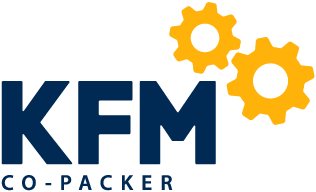When it comes to providing people with the information they need regarding the drugs and medication they’re taking, repackaging services could prove particularly useful now that we have so much technological innovation at our fingertips.
Writing for Chemist & Druggist, vice-president of European strategic operations at Accord Healthcare Tony Cordrey explained that the 2D barcodes required on packaging under EU law could be used to help people access medical information using their smartphones.
The Falsified Medicines Directive (FMD) was introduced back in February to help protect patients from counterfeit drugs and this could give patients a better way of checking medication using the 2D matrix code – which all manufacturers now have to add to packaging.
At the moment, people have the patient information leaflet (PIL) that provides them with clear information about the use of drugs, precautions and possible side-effects of taking certain medication.
These leaflets have to be constantly updated to keep up with guideline and licence updates – which could ultimately mean that someone doesn’t have the most recent version of the leaflet at home.
The use of smartphones could see 2D matrix codes make a real difference, allowing people to check and verify that their drugs are legitimate but also helping them access the latest version of the PIL quickly and easily.
These codes could also be used to link to other resources like advocacy support groups and administration videos, as well as being able to report side-effects, order repeat prescriptions and get reminders to take medication.
“There have been discussions about these kinds of digital initiatives, but this 2D technology is the first time that we have something that brings the manufacturer, patient, pharmacy and authorities together to potentially empower patients in a way that we could only have dreamed of.
“As with all pioneering technology, such as driverless cars, often the innovation must wait for the regulators to catch up. But we stand on the brink of many exciting possibilities,” Mr Cordrey went on to say.
Intelligent packaging in a healthcare setting is something we’re likely to see more of as time goes on – and it’s certainly interesting to see what can be achieved. For example, it’s now possible to make labels that tell doctors, pharmacists and patients about a product’s temperature during shipping and storage so they can determine whether the medication is safe to take or not.
And then there’s active packaging, which can come with colour-changing ink to detect whether the product has been affected by heat or sub-zero temperature exposure.
If you’d like to find out more about pharmaceutical packaging and your responsibilities, get in touch with the team here at KFM Co-Packer today.

